Blog
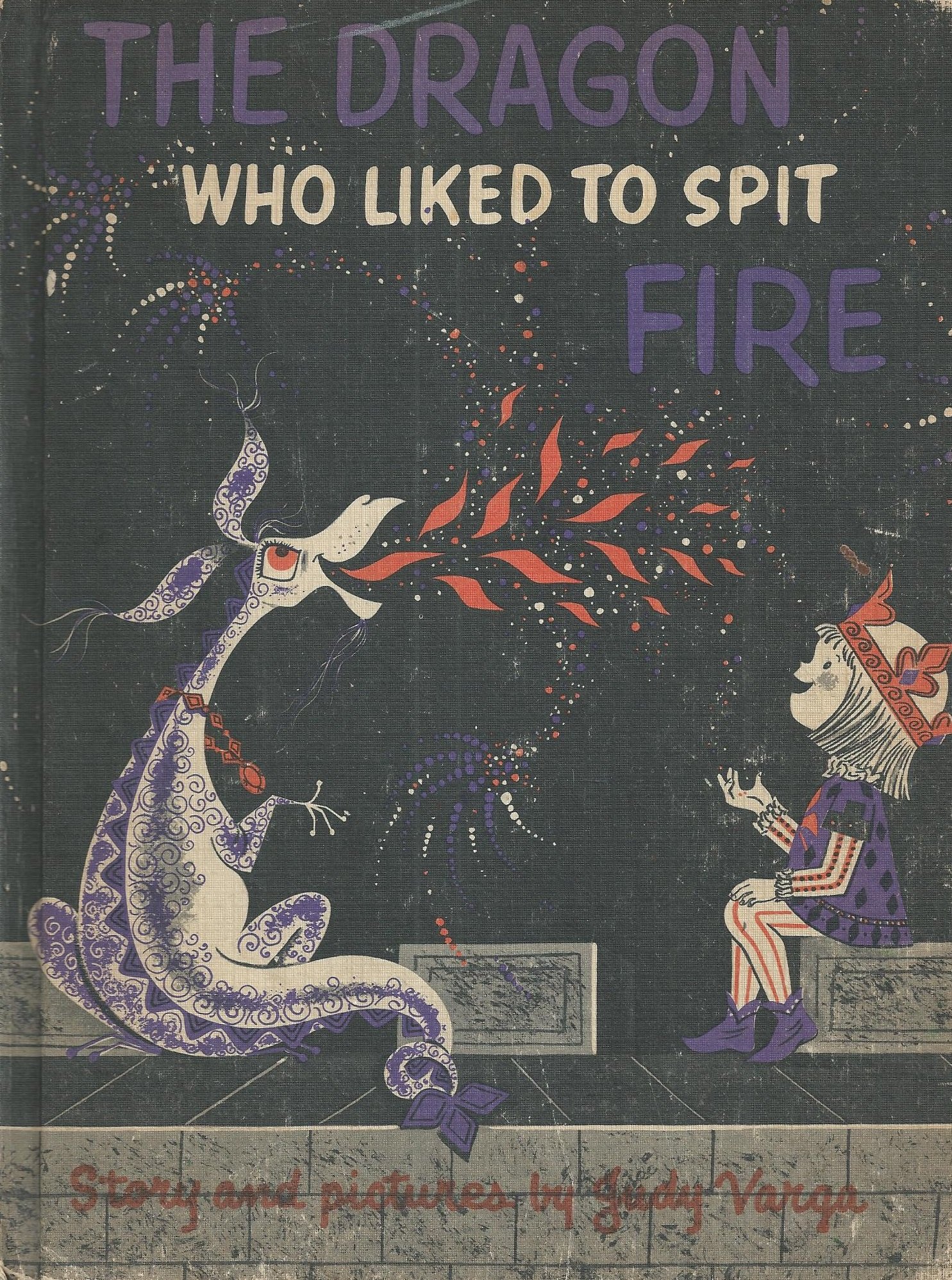
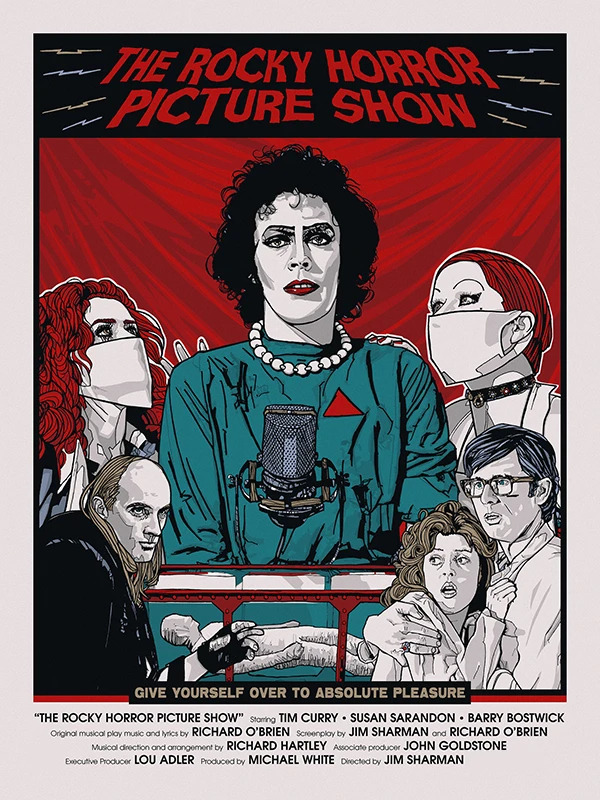
Messier 81 (also known as NGC 3031 or Bode’s Galaxy) is a grand design spiral galaxy about 12 million light-years away, with a diameter of 90,000 light years, in the constellation Ursa Major. Due to its proximity to our galaxy, large size, and active galactic nucleus (which harbors a 70 million M☉ supermassive black hole), Messier 81 has been studied extensively by professional astronomers. The galaxy’s large size and relatively high brightness also makes it a popular target for amateur astronomers.
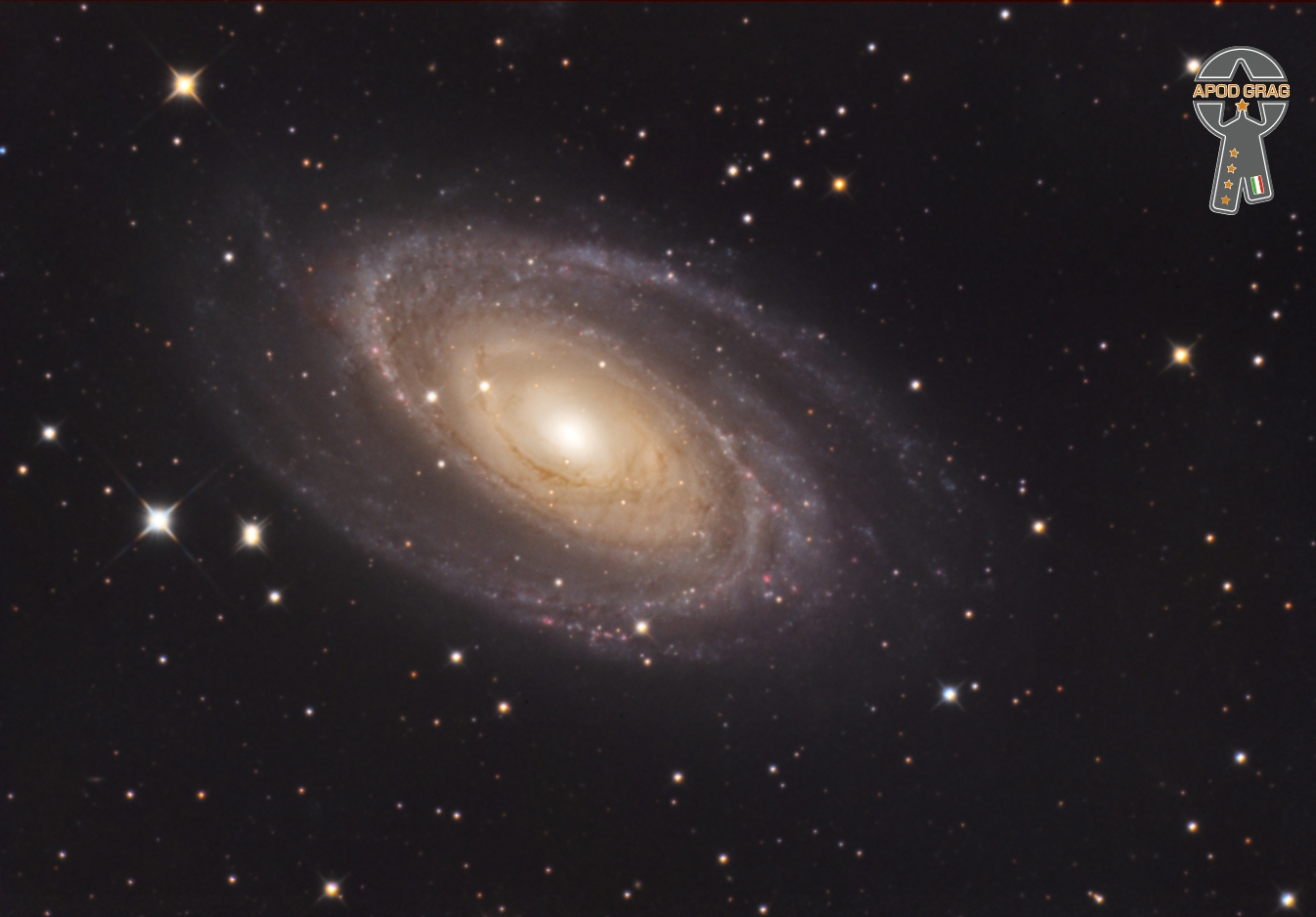
Pablo Rodríguez Lozada (January 4, 1923 – February 28, 1973), better known as Tito Rodríguez, was a Puerto Rican singer and bandleader. He started his career singing under the tutelage of his brother, Johnny Rodríguez. In the 1940s, both moved to New York, where Tito worked as a percussionist in several popular rhumba ensembles, before directing his own group to great success during the 1950s. His most prolific years coincided with the peak of the mambo and cha-cha-cha dance craze. He also recorded boleros, sones, guarachas and pachangas.
Rodríguez is known by many fans as “El Inolvidable” (The Unforgettable One), a moniker based on his most popular song, a bolero written by Cuban composer Julio Gutiérrez.
Rodríguez was born in Barrio Obrero, Santurce, Puerto Rico, to José Rodríguez Fuentes from San Sebastián, Puerto Rico, and Severina Lozada from Holguín, Cuba. During his childhood he aspired to be a jockey and tried out racing horses at Hipódromo Las Casas in Villa Palmera, Santurce. His older brother, Johnny Rodríguez was a popular singer and composer, who inspired the younger Rodríguez to become a musician. In 1936, 13-year-old Rodríguez joined the group of Ladislao (El Maestro Ladí) Martínez, Conjunto de Industrias Nativas, as a singer. When he was 16 years old, he participated in a recording with the renowned Cuarteto Mayarí. In 1940, Rodríguez moved to New York City shortly after his parents, José and Severina, died. He went to live with his brother Johnny, who had been living there since 1935.
https://www.youtube.com/watch?v=rzZ8372vWUk
more...John McLaughlin (born 4 January 1942) is an English guitarist, bandleader, and composer. A pioneer of jazz fusion, his music combines elements of jazz with rock, world music, Indian classical music, Western classical music, flamenco, and blues. After contributing to several key British groups of the early 1960s, McLaughlin made Extrapolation, his first album as a bandleader, in 1969. He then moved to the U.S., where he played with Tony Williams‘s group Lifetime and then with Miles Davis on his electric jazz-fusion albums In a Silent Way, Bitches Brew, Jack Johnson, and On the Corner. His 1970s electric band, the Mahavishnu Orchestra, performed a technically virtuosic and complex style of music that fused electric jazz and rock with Indian influences.
McLaughlin’s solo on “Miles Beyond” from his album Live at Ronnie Scott’s won the 2018 Grammy Award for the Best Improvised Jazz Solo. He has been awarded multiple “Guitarist of the Year” and “Best Jazz Guitarist” awards from magazines such as DownBeat and Guitar Player based on reader polls. In 2003, he was ranked 49th in Rolling Stone magazine’s list of the “100 Greatest Guitarists of All Time“. In 2009, DownBeat included McLaughlin in its unranked list of “75 Great Guitarists”, in the “Modern Jazz Maestros” category. In 2012, Guitar World magazine ranked him 63rd on its top 100 list. In 2010, Jeff Beck called McLaughlin “the best guitarist alive,” and Pat Metheny has also described him as the world’s greatest guitarist. In 2017, McLaughlin was awarded an honorary doctorate of music from Berklee College of Music.
more...Frank Wellington Wess (January 4, 1922 – October 30, 2013) was an American jazz saxophonist and flutist. In addition to his extensive solo work, Wess is remembered for his time in Count Basie‘s band from the early 1950s into the 1960s. Critic Scott Yanow described him as one of the premier proteges of Lester Young, and a leading jazz flutist of his era—using the latter instrument to bring new colors to Basie’s music.
Wess was born in Kansas City, Missouri, United States, the son of a principal father and a schoolteacher mother. He began with classical music training and played in Oklahoma in high school. He later switched to jazz on moving to Washington, D.C. and by nineteen was working with big bands. His career was interrupted by World War II although he did play with a military band in the period. After leaving the military, he joined Billy Eckstine‘s orchestra. He returned to Washington D.C. a few years afterwards and received a degree in flute at the city’s Modern School of Music. He played tenor sax with Count Basie from 1953 to 1964, doubling on flute. Wess was considered one of the best jazz flutists of his time. From 1959 to 1964, he won the Down Beat magazine critics’ poll for flute. He was a member of Clark Terry‘s big band from 1967 into the 1970s and played in the New York Jazz Quartet (with Roland Hanna). He also did a variety of work for TV. In 1968 he contributed to the album The Jazz Composer’s Orchestra. He played tenor and alto sax, doubling on flute throughout his career.
more...This image from the NASA/ESA Hubble Space Telescope captures the spiral galaxy NGC 105, which lies roughly 215 million light-years away in the constellation Pisces. While it looks like NGC 105 is plunging edge-on into a collision with a neighbouring galaxy, this is just the result of the chance alignment of the two objects in the night sky. NGC 105’s elongated neighbour is actually far more distant and remains relatively unknown to astronomers. These misleading conjunctions occur frequently in astronomy — for example, the stars in constellations are at vastly different distances from Earth, and only appear to form patterns thanks to the chance alignment of their component stars.
The Wide Field Camera 3 observations in this image are from a vast collection of Hubble measurements examining nearby galaxies which contain two fascinating astronomical phenomena — Cepheid variables and cataclysmic supernova explosions. Whilst these two phenomena may appear to be unrelated — one is a peculiar class of pulsating stars and the other is the explosion caused by the catastrophic final throes of a massive star’s life — they are both used by astronomers for a very particular purpose: measuring the vast distances to astronomical objects. Both Cepheids and supernovae have very predictable luminosities, meaning that astronomers can tell precisely how bright they are. By measuring how bright they appear when observed from Earth, these “standard candles” can provide reliable distance measurements. NGC 105 contains both supernovae and Cepheid variables, giving astronomers a valuable opportunity to calibrate the two distance measurement techniques against one another.
Astronomers recently carefully analysed the distances to a sample of galaxies including NGC 105 to measure how fast the Universe is expanding — a value known as the Hubble constant. Their results don’t agree with the predictions of the most widely-accepted cosmological model, and their analysis shows that there is only a 1-in-a-million chance that this discrepancy was caused by measurement errors. This discrepancy between galaxy measurements and cosmological predictions has been a long-standing source of consternation for astronomers, and these recent findings provide persuasive new evidence that something is either wrong or lacking in our standard model of cosmology.
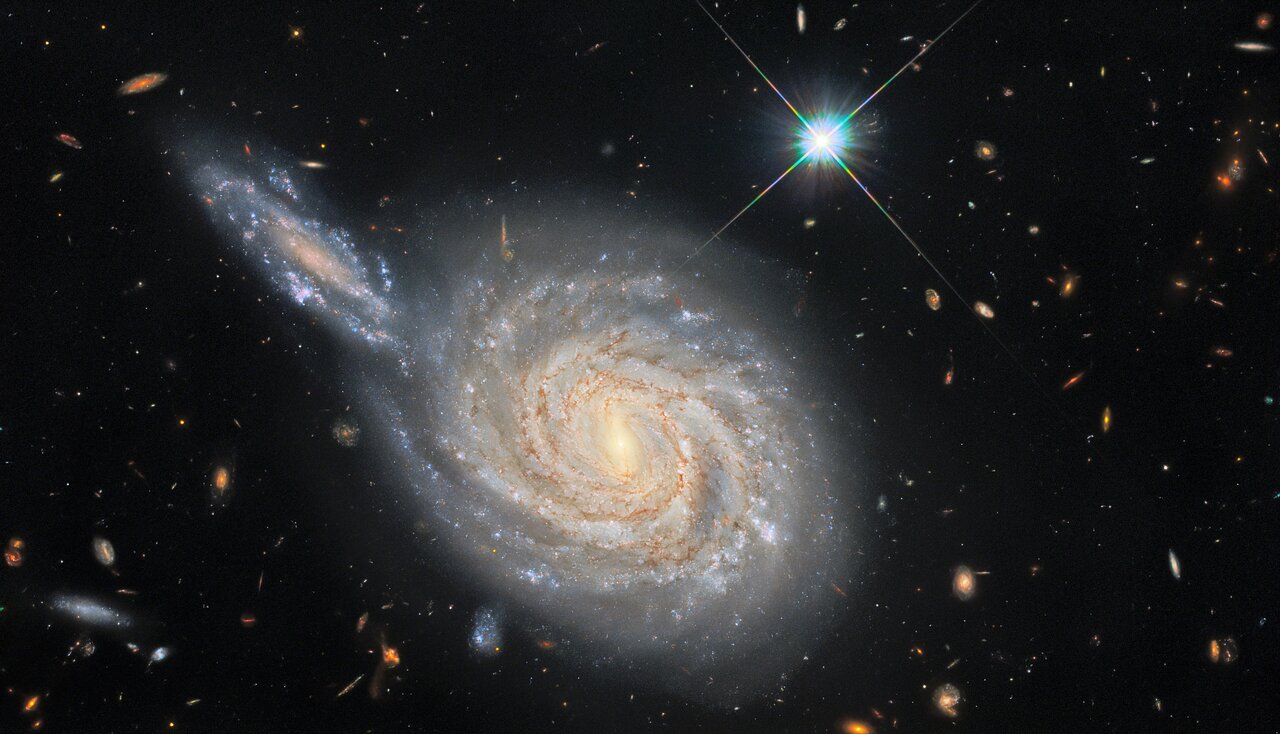
James Carter (born January 3, 1969) is an American jazz musician. He is the cousin of jazz violinist Regina Carter.
Carter was born in Detroit, Michigan, and learned to play under the tutelage of Donald Washington, becoming a member of his youth jazz ensemble Bird-Trane-Sco-NOW!! As a young man, Carter attended Blue Lake Fine Arts Camp, becoming the youngest faculty member at the camp. He first toured Scandinavia with the International Jazz Band in 1985 at the age of 16.
On May 31, 1988, at the Detroit Institute of Arts (DIA), Carter was a last-minute addition for guest artist Lester Bowie, which turned into an invitation to play with his new quintet (forerunner of his New York Organ Ensemble) in New York City that following November at the now defunct Carlos 1 jazz club. This was pivotal in Carter’s career, putting him in musical contact with the world, and he moved to New York two years later. He has been prominent as a performer and recording artist on the jazz scene since the late 1980s, playing saxophones, flute, and clarinets. On his album Chasin’ the Gypsy (2000), he recorded with his cousin, the jazz violinist Regina Carter.
Carter has won DownBeat magazine’s Critics and Readers Choice award for baritone saxophone several years in a row. He has performed, toured and played on albums with Lester Bowie, Julius Hemphill, Frank Lowe & the Saxemble, Kathleen Battle, the World Saxophone Quartet, Cyrus Chestnut, Wynton Marsalis, Dee Dee Bridgewater and the Mingus Big Band.
more...John Jenkins (January 3, 1931 – July 12, 1993) was an American jazz saxophonist.
Jenkins initially studied clarinet in high school but switched to saxophone after six months on the instrument. He played in jam sessions led by Joe Segal at Roosevelt College from 1949-1956. He played with Art Farmer in 1955 and led his own group in Chicago later that year. In 1957, he played with Charles Mingus and recorded two albums as a leader. He played as a sideman with Johnny Griffin, Donald Byrd, Hank Mobley, Paul Quinichette, Clifford Jordan, Sahib Shihab, and Wilbur Ware in the late 1950s and early 1960s, but essentially dropped out of music after 1962, aside from a few dates with Gloria Coleman.
After leaving the jazz world he worked as a messenger in New York and dabbled in jewelry; he sold brass objects at street fairs in the 1970s. After 1983, he began practicing again and playing live on street corners; shortly before he died he played with Clifford Jordan.
more...Herbert Horatio Nichols (January 3, 1919 – April 12, 1963) was an American jazz pianist and composer who wrote the jazz standard “Lady Sings the Blues“. Obscure during his lifetime, he is now highly regarded by many musicians and critics.
He was born in San Juan Hill, Manhattan, New York, United States, to parents from St. Kitts and Trinidad, and grew up in Harlem. During much of his career, he took work as a Dixieland musician while working on the more adventurous kind of jazz he preferred. He is best known today for these compositions, program music that combines bop, Dixieland, and music from the Caribbean with harmonies from Erik Satie and Béla Bartók.
His first known work as a musician was with the Royal Barons in 1937, but he did not find performing at Minton’s Playhouse a few years later a very happy experience. The competition did not suit him. However, he did become friends with pianist Thelonious Monk.
Nichols was drafted into the Army in 1941. After the war, he worked in various settings, beginning to achieve some recognition when Mary Lou Williams recorded some of his songs in 1952. From about 1947, he persisted in trying to persuade Alfred Lion at Blue Note Records to sign him up. He finally recorded some of his compositions for Blue Note in 1955 and 1956, some of which were not issued until the 1980s. His tune “Serenade” had lyrics added, and as “Lady Sings the Blues” became firmly identified with Billie Holiday. In 1957 he recorded his last album as leader for Bethlehem Records.
Nichols died from leukemia in New York City at the age of 44.
more...The Andromeda Galaxy (IPA: /ænˈdrɒmɪdə/), also known as Messier 31, M31, or NGC 224 and originally the Andromeda Nebula (see below), is a barred spiral galaxy approximately 2.5 million light-years (770 kiloparsecs) from Earth and the nearest large galaxy to the Milky Way. The galaxy’s name stems from the area of Earth’s sky in which it appears, the constellation of Andromeda, which itself is named after the Ethiopian (or Phoenician) princess who was the wife of Perseus in Greek mythology.
The virial mass of the Andromeda Galaxy is of the same order of magnitude as that of the Milky Way, at 1 trillion solar masses (2.0×1042kilograms). The mass of either galaxy is difficult to estimate with any accuracy, but it was long thought that the Andromeda Galaxy is more massive than the Milky Way by a margin of some 25% to 50%. This has been called into question by a 2018 study that cited a lower estimate on the mass of the Andromeda Galaxy, combined with preliminary reports on a 2019 study estimating a higher mass of the Milky Way.The Andromeda Galaxy has a diameter of about 220,000 ly (67 kpc), making it the largest member of the Local Group in terms of extension.
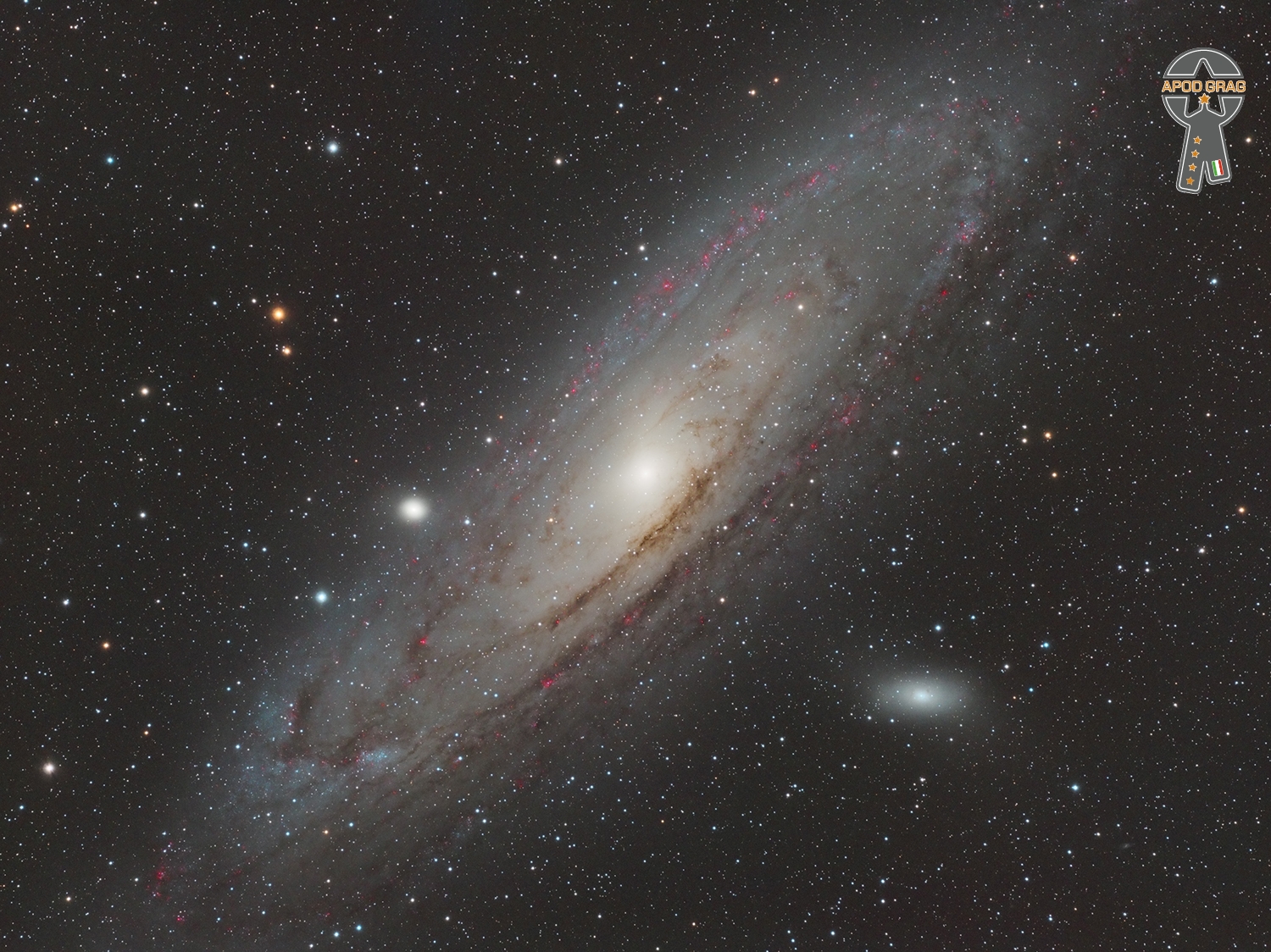
Troy Andrews (born January 2, 1986), also known by the stage name Trombone Shorty, is an American musician, producer, actor and philanthropist from New Orleans, Louisiana. He is best known as a trombone and trumpet player but also plays drums, organ, and tuba. He has worked with some of the biggest names in rock, pop, jazz, funk, and hip hop. Andrews is the younger brother of trumpeter and bandleader James Andrews and the grandson of singer and songwriter Jessie Hill. Other musical family members are cousins Glen David Andrews and the late Travis “Trumpet Black” Hill. Andrews began playing trombone at age four, and since 2009 has toured with his own band, Trombone Shorty & Orleans Avenue.
Troy Andrews was born in New Orleans and grew up in the Tremé neighborhood. Troy graduated in 2004 from Warren Easton High School. At the age of four, he appeared onstage with Bo Diddley at the New Orleans Jazz & Heritage Festival. He participated in brass band parades as a child, becoming a bandleader by the age of six. In his teens, he was a member of the Stooges Brass Band. He attended the New Orleans Center for Creative Arts (NOCCA) along with fellow musician Jon Batiste.
In 2005, Andrews was a featured member of Lenny Kravitz‘s horn section in a world tour that shared billing with acts including Aerosmith. He was part of the New Orleans Social Club, a group formed after Hurricane Katrina to record a benefit album. He was featured guest on “Hey Troy, Your Mama’s Calling You,” a tribute to “Hey Leroy, Your Mama’s Calling You” a Latin jazz song by the Jimmy Castor Bunch in 1966.
more...Mehmet Barış Manço (born Tosun Yusuf Mehmet Barış Manço; 2 January 1943 – 1 February 1999), better known by his stage name Barış Manço, was a Turkish rock musician, singer, songwriter, composer, actor, television producer and show host.Beginning his musical career while attending Galatasaray High School, he was a pioneer of rock music in Turkey and one of the founders of the Anatolian rock genre. Manço composed around 200 songs and is among the best-selling and most awarded Turkish artists to date. Many of his songs were translated into a variety of languages including English, French, Japanese, Greek, Italian, Bulgarian, Romanian, Persian, Hebrew, Urdu, Arabic, and German, among others. Through his TV program, 7’den 77’ye (“From 7 to 77”), Manço traveled the world and visited many countries on the globe. He remains one of the most popular public figures of Turkey.
more...Hisao Oma “Isao” Suzuki (鈴木 勲, Suzuki Isao, born January 2, 1933 in Tokyo) is a Japanese jazz double-bassist.
Suzuki learned to play bass on United States military bases, and played early in his career with Shotaro Moriyasu, Hidehiko Matsumoto, and Sadao Watanabe. He led his own ensemble in Tokyo from 1965-1969, also playing with Hampton Hawes in 1968. He moved to New York City from 1969 to 1971, playing with Ron Carter, Paul Desmond, Ella Fitzgerald, Jim Hall, Wynton Kelly, Charles Mingus, Thelonious Monk, and Bobby Timmons. Returning to Japan, he played with Kenny Burrell and Mal Waldron in addition to his own ensembles. Later in the 1970s he began expanding his instrumental repertoire, playing cello and piccolo bass. He was a cofounder of the Japanese Bass Players Club with Hideto Kanai, and opened a jazz club in Osaka in 1987.
more...More Posts
- Earl Hooker
- Gene Krupa
- World Fusion Kane Mathis
- Daily Roots G G Allstars
- Climate Change Premiums
- Toni Morrison Empowerment
- Sitting Bull Warriors
- MLK Brotherhood
- Surviving the Apocalypse 2025 I
- Cosmo Polaris Northstar
- Kenny Wheeler
- Grady Tate
- Allen Toussaint
- World Music Mari Boine
- Daily Roots Gregory Isaacs
- STOP I’m Sorry for Your Loss
- Chief Joseph Free Men
- MLK Fools
- Cosmo HOPS 150/153
- Fred White